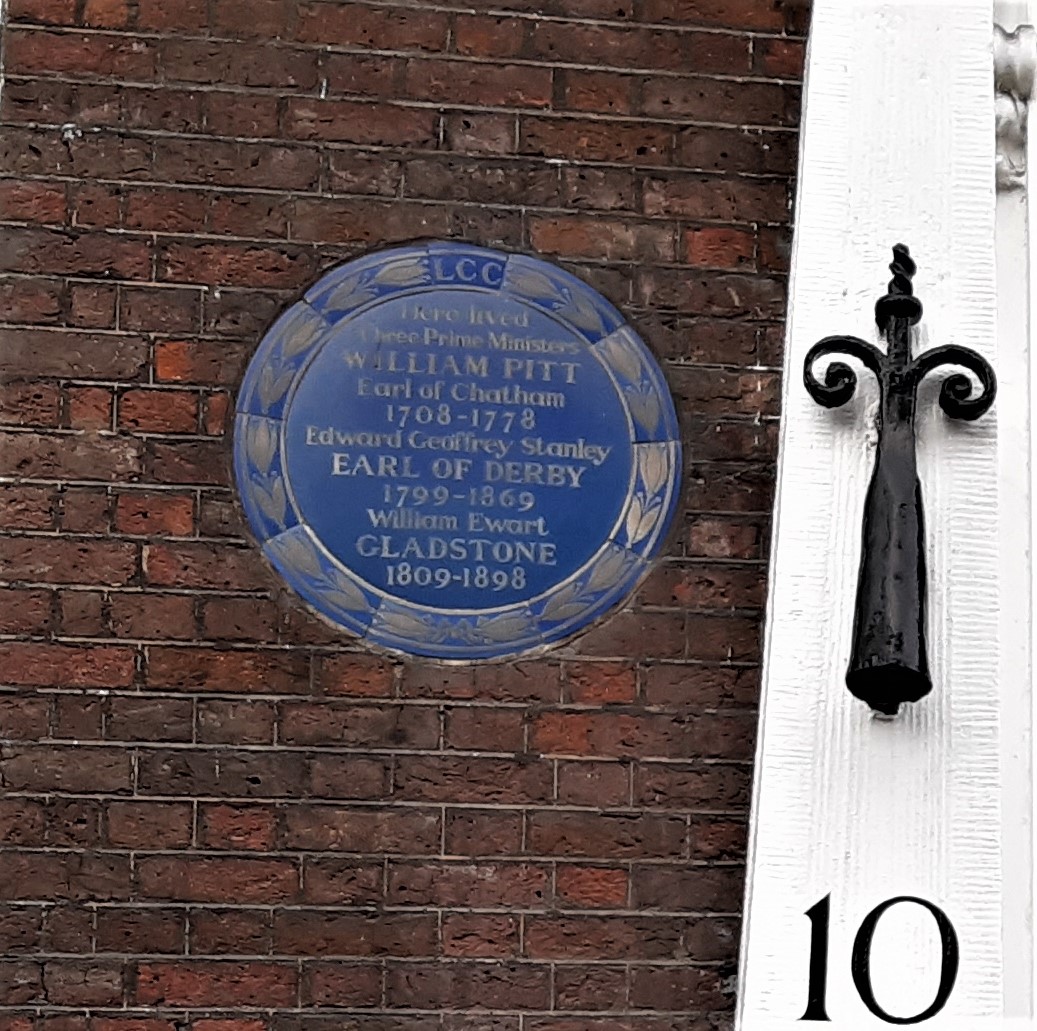American Heritage in London: St James’s – Pt. 2
The West End of central London is not one district but a patchwork of neighbouring areas that developed through the 17th and 18th centuries (Soho and Mayfair are others). They formed the mainly well-to-do areas developing west of the ancient City of London and, you could say, were the launch pads for the suburbanisation of London becoming the 607 square mile sprawl it is today. St James’s is the oldest of these old ‘suburbs’.
Because of its close proximity to St James’s Palace and then Buckingham Palace and the royal court, St James’s has always been a place of work, rest and play for the aristocracy and the ‘establishment’. Its cultures of luxury and wealth are deeply embedded within the architecture, shops, clubs, restaurants, art dealers and merchants that proliferate through its salubrious streets; which is quite some irony when we consider that during the middle ages the area had been the site of the St James’s Hospital for Leper Woman.
Where then does American heritage fit into St James’s? Almost back to the very beginning, is the short answer. Let’s explore two more American connections, in St James’s Square, that bind the USA to the mother country!
Chatham House – 10 St James’s Square, London SW1.
The ordinary sounding Chatham House; what possible connection could this early 18th century grand, brick terraced town house have to the US? The answer is not just one, but three connections; so look out for the clues coming up.
The circular blue plaque* set into the brick facade commemorates three British Prime Minister’s that have lived here: William Pitt the Elder (1st Earl of Chatham), Edward Smith-Stanley the 14th Earl of Derby and William Ewart Gladstone.
William Pitt, 1st Earl of Chatham (1708-78) was a politician and Prime Minister (1766-68), master orator and parliamentary tour-de-force pushing for the expansion of Empire. Aligned to the Whig party historians call him Pitt of Chatham (hence Chatham House) or William Pitt the Elder, to distinguish him from his son, William Pitt the Younger, who was also a prime minister. When entering the House of Commons, to making a major speech, Pitt the Elder would sometimes require assistance as if unwell and incapable. It would heighten the drama before the hardest-working-man-in-politics stood (without assistance) to deliver a forceful, and no doubt very long, oration.
The fort on the Ohio River known variously as Fort Prince George, Fort Duquesne and Fort Pitt grew into a settlement and was eventually named Pittsburgh in 1758 by General John Forbes, in honour of William Pitt. There are also at least 20 place names in the US called Chatham.
Edward Smith-Stanley the 14th Earl of Derby (1799-1869) was Prime Minster three times (but for a sum total of only three years) and yet no one really remembers him. He was regarded as a brilliant scholar and classicist and away from books and Parliament was a very keen enthusiast of the ‘sport of kings’, or horse racing as it’s better known.
This fondness for the track was an established family tradition. The Epsom Derby was named after Edward Stanley the 12th Earl in 1780 and is still Britain’s most prestigious and richest horse race. The Kentucky Derby, borrowing the name, was first run with fifteen runners and riders in 1875.
Edward Smith-Stanley’s grandson Frederick Stanley the 16th Earl of Derby created the Stanley Cup, official name the Dominion Hockey Challenge Cup, for ice hockey in 1893 whilst Governor General of Canada. As all Americans and Canadians know the National Hockey League now incorporates teams across all of North America and the Stanley Cup is awarded to the playoff winner.
Chatham House today is home to the Royal Institute of International Affairs (est. 1920), a non-profit and non-governmental organisation whose mission is to analyse and promote the understanding of major international issues and current affairs.
It is the originator of the Chatham House Rule: attendees of meetings can discuss the content of the meeting in the outside world, but may not discuss who attended or identify what a specific individual said. This blog does not abide by Chatham House rules; please feel free to tell all your friends about me.

Chatham House, with my taxi parked in front.

Blue plaque, original torch snuffers, lantern holders and boot scraper.

Nancy Astor, Viscountess Astor – 4 St James’s Square, London SW1.
Nancy Witcher Langhorne Astor, Viscountess Astor (1879-1964) was an American-born British politician who married the super-wealthy Waldorf Astor . When he succeeded to the peerage as 2nd Viscount Astor and entered the House of Lords she entered politics and won his former parliamentary seat in Plymouth from 1919-45, becoming the first woman to sit as an MP in the House of Commons. Their London home was at 4 St James’s Square.
Nancy Witcher Langhorne was born in Danville, Virginia, the eighth of eleven children born to railroad businessman Chiswell Dabney Langhorne. She married young, disastrously, and in 1905 the newly divorced Mrs Nancy Shaw took a trip to England and fell in love with the country. Through introductions she became known in English society as a witty American, at a time when numerous wealthy young American women had married into the aristocracy.
She did marry an Englishman, albeit one born in the United States. Waldorf Astor’s anglophile father William Waldorf Astor had moved to England, raising his children in the English aristocratic style. After their marriage, the Astor’s moved to Cliveden in Buckinghamshire, a large country estate that was a wedding gift from Astor senior. It was here that Nancy Astor developed her skills as a prominent hostess for the social elite.
To be honest Nancy Astor doesn’t sound like a particularly nice person. Astor’s views on Jews have been rightly condemned. She was also anti-Catholic, although she was a friend of Joseph Kennedy (in correspondence they shared their mutual dislike of Jews and communists).
During the 1930s several of her upper-crust friends became involved in the policy of the appeasement of Nazi Germany; the group became known as the Cliveden set. This circle of aristocrats was described by one journalist as having subscribed to their own form of fascism. Astor herself believed that Nazism would solve the problems associated with Communism and the Jews. In a 1939 Parliamentary speech the Labour MP Stafford Cripps referred to her as ‘the Member for Berlin’.
Her unpopularity continued through the war, the Conservatives thought she had become a political liability and she stood down in the general election of 1945. However she continued to speak publicly. In one instance, she stated that the President of the United States had become too dependent on New York City, a non too subtle racist code referring to alleged Jewish influence. During one US tour she told a group of African-American students that they should aspire to be like the black servants she remembered from her youth. On a later trip, she told African-American church members that they should be grateful for slavery because it had allowed them to be introduced to Christianity.
The Astor’s grand London town house at 4 St. James’s Square (1726) is now the premises of the Naval & Military Club (aka ‘The In & Out’). The round blue plaque* to Nancy Astor was set into the facade and unveiled in 1987.



- *London Blue Plaques – since 1867 the great and the good, famous and infamous have been memorialised with a blue plaque on a building with which they are connected. A person must be dead for twenty years before a blue plaque will be considered. Since its foundation the Royal Society of Arts, London County Council, Greater London Council and now English Heritage have managed the scheme. Other bodies and societies manage other style memorial plaques. Lord George Byron’s was the first and in a neat synchronicity with this blog his daughter Ada Lovelace has her own blue plaque at No 12 St. James’s Square.
